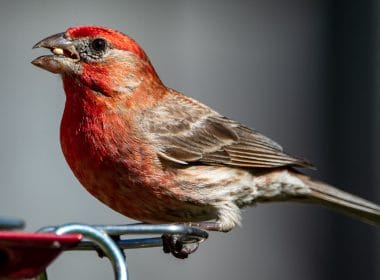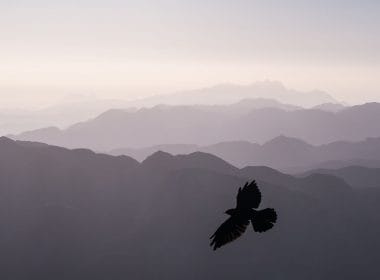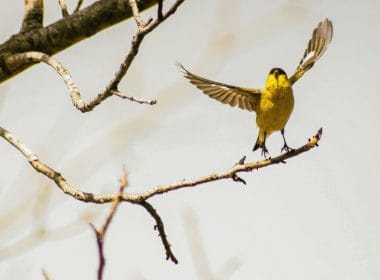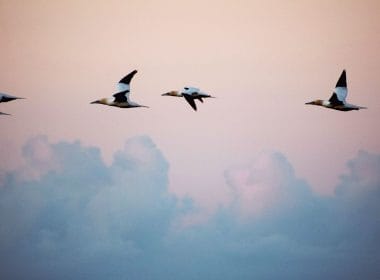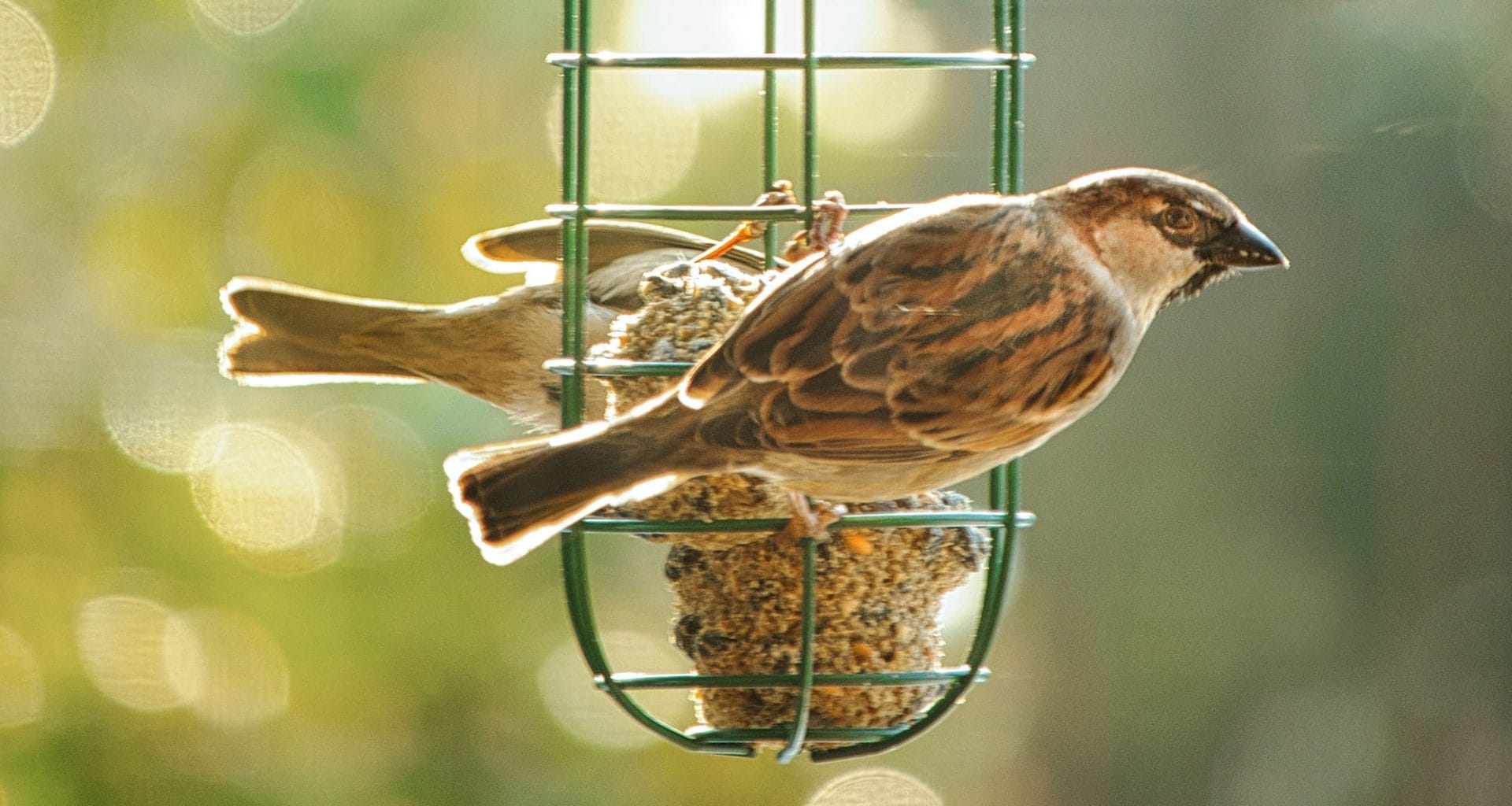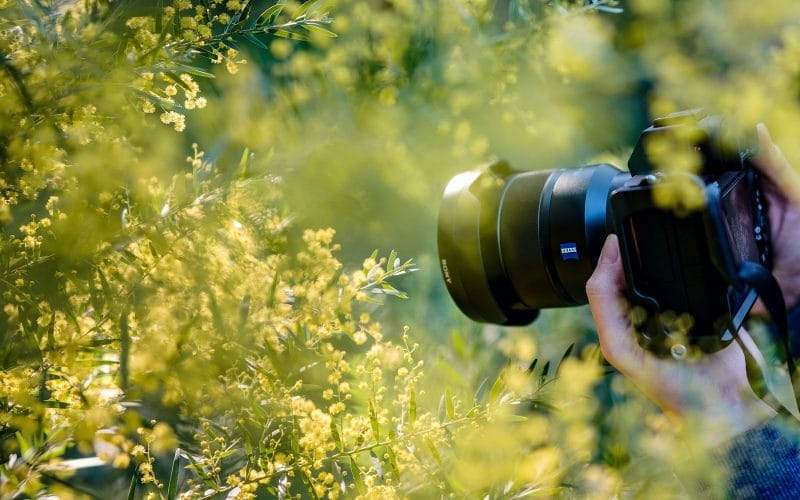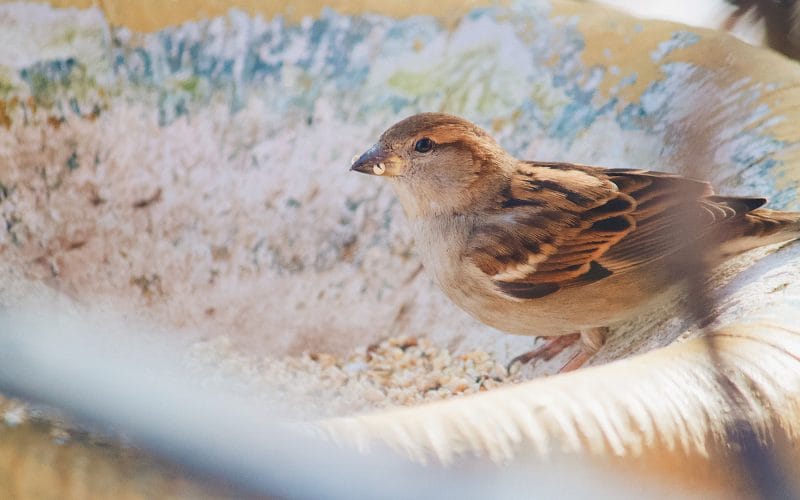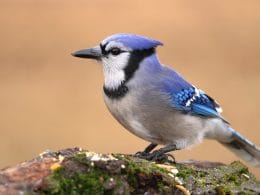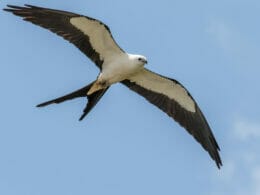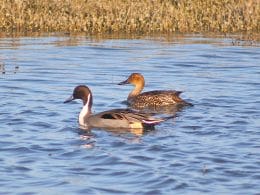It’s fairly known among birders that the best time to spot and observe birds is during a day is in the early mornings and early evenings. It’s also known that the least ideal time for general bird watching is during the middle of the day because birds seem to disappear during that time. This raises the curious question “where do birds go in the middle of the day?”
Ideally, most birds that are more active during the early morning are done foraging and singing during that time, so they take that time to rest in the shade and avoid predators.
However, depending on the species of the birds, they can be anything from sleeping all the way to most active during that time.
If you want to find out more about what birds do throughout the middle of the day, you’ve come to the right place! So without further ado, let’s dive into the juicy details!
Types of Birds in Terms of Activity
Before diving into the details of what birds do in the middle of the day, there’s an important concept that you must have a full understanding of. This one is the cycle of activity in animals, including birds.
Ideally, most birds are either diurnal or nocturnal with few exceptions here and there. These exceptions depend on the climate and geography around the bird. So let’s have an in-depth look at bird’s activity.
Diurnal Birds
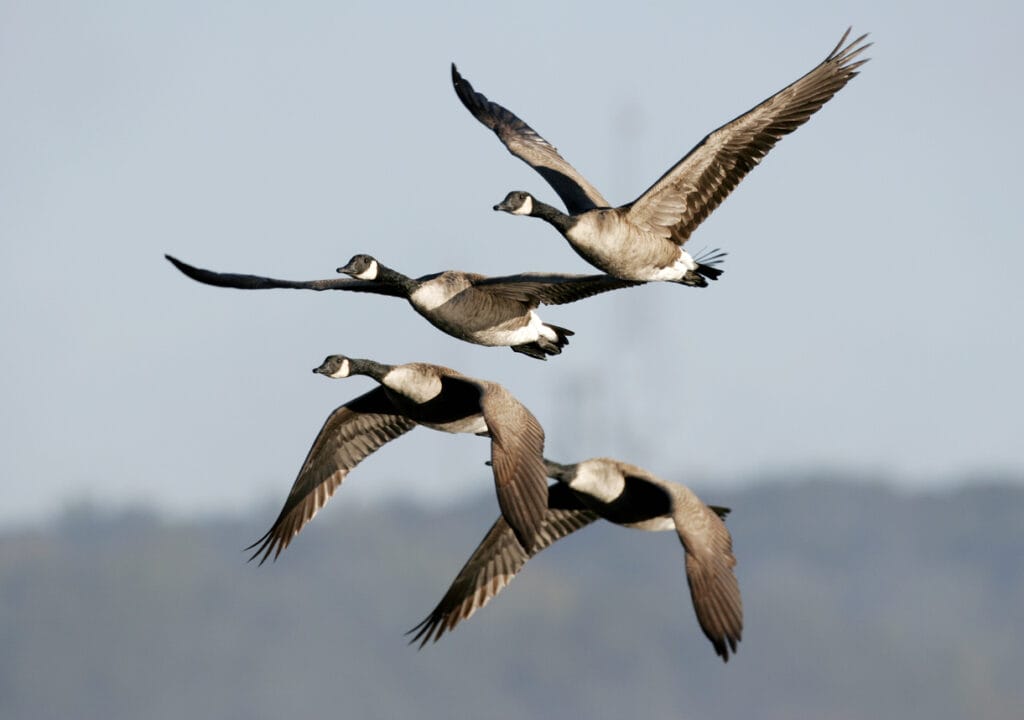
As a rule of thumb, most birds are diurnal. This means that they’re generally more active during the day than they are at night.
During that time, most birds will go on with their daily errands, including foraging and looking for food, singing and chirping, communicating with mates, caring for their young, building nests, and more!
Author Note: Since there’s a lot of things going on in the morning, it’s regarded as the best time for general bird watching.
This is because you’ll typically get to observe multiple types of birds in their undisturbed natural habitat. Typically, most birds are considered diurnal, such as:
- Songbirds and Passerines: House Finches, Robins, Willow warbler, Dunnock, Goldfinch, Woodlark, Turtle Dove, Cardinals, Robins, etc.
- Hummingbirds
- Woodpeckers
- Waterfowls: ducks, geese, swans, etc.
- Most birds of prey and raptors: buzzards, hawks, eagles, harriers, kites, and Old World vultures
Nocturnal Birds
Although most birds are more active during the day than at night, some birds are only active once the sun goes down. These birds are known as nocturnal birds.
Owls make up a huge portion of all nocturnal birds, as the majority of owls are only active at night, such as the Tawny Owl, the Great Horned Owl, Snowy Owl, and Barn Owl.
In addition to owls, some other birds are also nocturnal, including:
- The Black-crowned Night Heron
- The Common Nightingale
- Woodcocks
- Water Rails
- The Eurasian and Stone Curlew
- Nightjars
Bats aren’t considered birds but they’re also a notable nocturnal flying creature that many birders and bird watchers are interested in observing at night.
What Do Birds Do in the Middle of the Day?
You now have a better understanding of the different types of birds and their daily cycles of activity and rest.
Based on this information, here’s a brief list of all the things that different birds would be doing during that time depending on their species and types.
1. Rest in the Shade
As you now know, most birds are diurnal ones that are more active throughout the day than they are in the night.
The vast majority of these diurnal birds wake up in the earliest of the morning when the sun is rising, which happens to be the ideal time for bird watchers to observe birds forging and tending to their daily tasks.
Since birds have been awake from sunrise, it’s no surprise that they would need to rest after a long day of singing, chirping, looking for food, and building nests, or caring for their young.
Another thing you should keep in mind is that midday is usually the hottest part of the day. This gives them another reason to not be around during that time.
The average body temperature of a bird is about 40 degrees C (compared to our 37 degrees C). but unlike us, birds don’t sweat like us or open their mouth and pant like dogs to lose the heat.
The only way birds can prevent overheating is simply by staying in the shade and avoiding exposure to direct heat.
So, as the day starts to advance towards the hottest hours, birds will find a spot with plenty of shade, such as trees and shrubs.
Even in the winter, when the temperature is generally cooler during midday hours, birds will still seek shelter and rest after a long morning of foraging to prepare for their early evening last meal before sleep.
2. Become Quite Active During That Time

Although the vast majority of birds won’t be around during the middle of the day, there are some birds that will become quite active during that time.
Author Note: Although most raptors and birds of prey are diurnal, the vast majority of them aren’t early risers like the rest of the birds.
Instead, they prefer the middle of the day hours for thermal reasons. As previously mentioned, the middle of the day is usually the hottest time of the day. The sun usually heats up the air columns close to the earth, so they rise up while cold air falls down.
Birds of prey will usually benefit from this physical phenomenon to help them fly up higher towards colder air.
Also, most raptors rely on their strong sense of vision to hunt their prey from the sky, so they usually pick the clearest time of the day with the highest visibility to spot their potential meals on the ground. This time happens to also be in the middle of the day.
3. Hide from Predators and Birds of Prey
This takes up to another thing that some birds would be doing during that time of the day. Although most raptors feed on small mammals, some of them will still hunt down smaller birds.
As birds start to learn that the middle of the day is the time where their predators are active, whether they’re birds or other animals, they try to avoid roaming around and limit their locomotion during this period, that’s one more reason to stick to their shady nests in trees.
4. Go Sunbathing
The health of birds is based on finding the necessary nutrients for their body. And since birds don’t have access to multivitamins, they need to find other methods to get their vitamin D.
Sunbathing is also essential for birds to maintain the health of their feathers. Ideally, many birds will find a safe but sunny area where they can safely fold up their feathers to absorb sun rays. Robins and Blackbirds are known for this behaviour.
5. Napping or Sleeping
Lastly, as you now know, not all birds are necessarily diurnal. Nocturnal birds will usually become active during the night so they spend the majority of the day sleeping, including the middle of the day.
Moreover, in the hottest days of the year, diurnal birds might be exhausted from foraging all morning.
In that case, some of these birds will take a quick nap during this extremely hot time to lower their body temperature and recharge their power for the early evening time.
Is it Worth it to Watch Birds in the Middle of the Day?

This mainly depends on your level of expertise in bird watching. Ideally, if you’re a beginner, you’ll find it a lot easier to go bird watching in the early morning.
At that time, you’ll get to observe and watch a huge variety of birds of different species. Also, there will be plenty of light for you to observe the birds easily with or without binoculars. Many birds will visit bird feeders at that time while foraging.
Author Note: Moreover, there will generally be fewer people around in parks and gardens during that time, so you’ll get the advantage of enjoying the birds in their natural undisturbed habitat.
On the other hand, Even if it’s a sunny day and you’re tempted to go out and explore bird watching in the middle of the day would account for fewer bird encounters.
So, unless you’re an advanced birder or specifically interested in raptors that are mainly active during that time, you should avoid bird watching in the middle of the day.
Wrap Up
With that said, you now have a complete answer to the question of “where do birds go in the middle of the day and how do they sleep?”
As you can see, birds are fascinating animals that have a lot going on throughout their day. And although early mornings are the ideal time to watch and observe most birds, other times of the day can be equally enriching and rewarding if you do it right!
Having a better idea of what birds do during the middle of the day will help you find out more about them and appreciate the little creatures’ efforts to survive in the wild!
We hope you enjoyed this guide on where do birds go in the middle of the day.
Fly high friends!
FAQ
Yes, they may well be. It is one of the big reasons why birds disappear at midday – heat. If it is overcast and cooler, they may well stay active for longer.
In my experience, the smaller the bird, the later they get going in the morning. If it is chilly, birds will wait for the sun to warm things up a bit before they become active. The bigger birds and waterbirds are usually active as soon as it is light.
Migratory birds nearly always fly at night because there are less predators around and they can use the stars for navigation. So, you might think there are a lot of birds around in the day but overall, it is actually the night.
